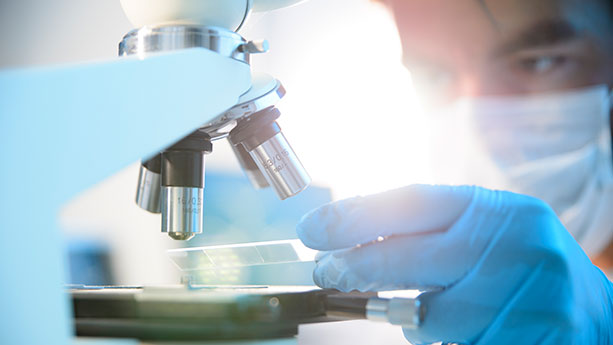You can resolve most back pain problems without surgery or narcotic pain medications. In the Sutter Health network, we offer a wide range of non-invasive services and therapies that relieve pain and improve mobility.
Brace Management
For many years, back braces have served as an effective, non-invasive way to support the back and spine, which can reduce pain. Modern designs of prosthetic back braces are more comfortable and less conspicuous than ever, and can be adjusted and tailored to your specific needs.
Sutter’s brace management experts help you and your doctor select the appropriate brace for your goals and needs, adjust the brace as necessary and address any problems or concerns.
Physical Therapy and Occupational Therapy
Physical therapy will educate and train you on how to protect your spine and help reduce possible recurrence of back pain or injury. Our goal is to maintain spinal mobility, improve overall function, and return you to early appropriate activities as soon as possible.
Our physical therapists provide individualized tailoring of your rehab needs that fit within your prescribed surgeon protocols. We will teach you positions to avoid that may aggravate or damage the affected area, how to stabilize weakened muscles to speed your recovery, and how to stretch muscles to improve flexibility.
Our occupational therapists help you return to the daily activities that you enjoy. We evaluate your unique needs, and develop a therapy plan to improve your ability to reach your goals for independent daily living.
Spinal Injections and Nerve Blocks
An epidural steroid injection delivers strong anti-inflammatory medication into the epidural space near your spinal cord. In a nerve block, a numbing medication is injected into the area around a nerve, delivering short-term pain relief. Anti-inflammatory medicine can also be added to provide longer-term relief. A rhizotomy injection can also provide lasting pain relief by disabling the sensory nerve that goes to a joint.
Spinal Cord Stimulation
For some types of nerve or back pain, spinal cord stimulation helps by blocking nerve impulses using a mild, electric current. The therapy requires a minimally invasive surgery to implant a small electrical generator under the skin, usually in the abdomen or buttocks. This is attached to wire leads that extend along the spinal column. The generator delivers pulses of a mild electric current through the leads.
TENS
Some doctors may suggest transcutaneous electrical nerve stimulation, which uses a mild electrical current to block nerve impulses and reduce pain. The electricity comes from a small generator called a TENS machine, which is connected to electrodes that are placed on your skin in the area of pain, or at pressure points. The electrical current stimulates the nerves in your back or spine that are sending pain signals to the brain, essentially blocking the message. The current also may trigger the body to produce more natural painkillers called endorphins.














